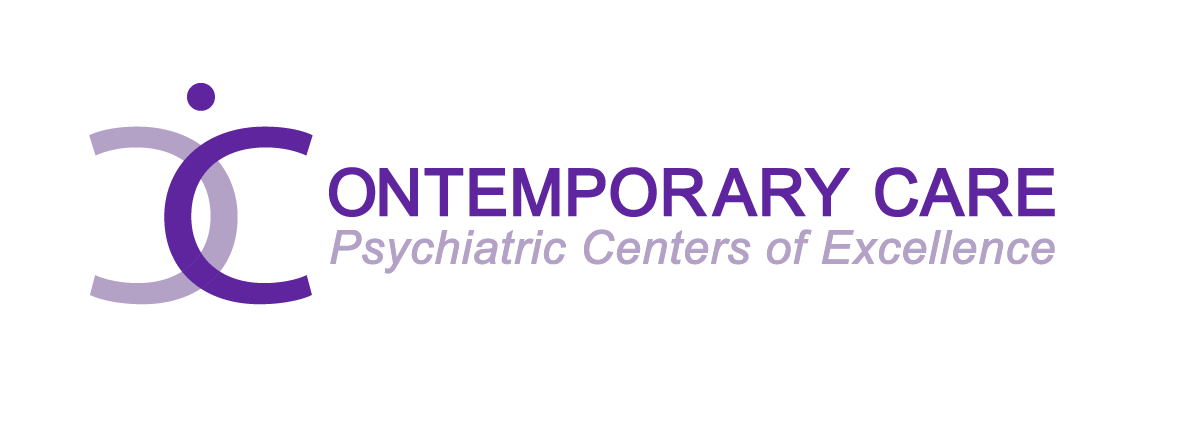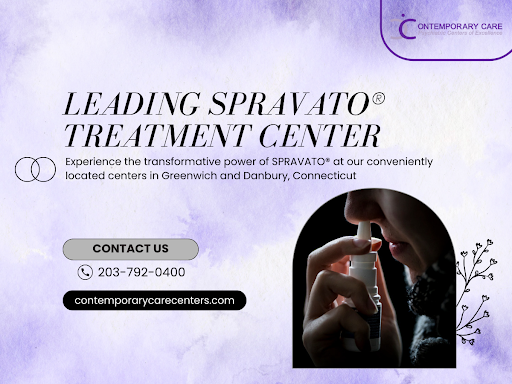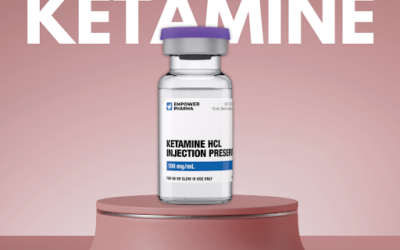As mental health treatment advances, ketamine nasal spray offers a promising option for mental health conditions like treatment-resistant depression and major depressive disorder. This innovative approach to medicine offers a convenient and potentially effective alternative to the combination of any oral antidepressant and other medications.
However, despite its potential benefits, ketamine spray therapy comes with its own set of challenges. Some such benefits include ease of administration, non-invasive, and insurance coverage. While it might sound like a great option, there are many factors to consider when weighing your Ketamine Therapy options.
This blog post will explore clinical trials and discuss the challenges associated with ketamine nasal spray for depression, bipolar disorder, and anxiety. By shedding light on these issues, we aim to provide valuable insights for individuals considering this treatment and the professionals guiding them through their mental health journey.
Ketamine Spray
Ketamine spray, also known as intranasal ketamine, is a medication administered through the nose for various purposes, including pain management and mental health treatment. It offers a convenient and non-invasive method of drug delivery, making it an attractive option for patients and healthcare providers.
Key points about ketamine spray include:
Rapid Relief
Ketamine spray has shown promising results in rapidly alleviating depressive symptoms, often within two hours, making it particularly beneficial for individuals with severe or treatment-resistant depression.
Pain Management
Ketamine spray is also used for its analgesic properties and relief of patients from acute and chronic pain conditions due to its quick onset of action and effectiveness.
Non-Invasive
Ketamine spray is administered through the nasal passage, eliminating the need for injections or invasive procedures commonly associated with other medication administration.
Insurance Coverage
Many insurance plans may cover ketamine spray treatment, making it more accessible and affordable for patients seeking relief from depression, pain, and other conditions.
Monitoring
Healthcare providers closely monitor patients using ketamine spray to ensure its safety and effectiveness, adjusting dosage and treatment plans as needed.
Ketamine spray offers a promising treatment option for depression, pain, and other conditions like respiratory depression, providing rapid relief and improved quality of life for many individuals.
As research continues, ketamine spray may become an increasingly valuable tool in the field of medicine.
Challenges with Ketamine Nasal Spray
1. Ensuring accurate dosage administration can be challenging, affecting treatment efficacy and safety.
Administering the right amount of ketamine nasal spray accurately is hard in mental health treatment. The dose precision affects how well the treatment works and how safe the procedure is. Wrong doses can mean patients don’t get the expected benefits and might have more side effects.
This challenge comes from different things, like how each person’s form of nose is shaped and how fast they absorb the ketamine. Everyone’s form of nose is different, so it’s tough to know exactly how much ketamine someone needs to get the right levels in their blood. Also, a stuffy nose or swelling can make it even harder for the body to absorb the ketamine.
FDA-approved healthcare professionals should be careful with dosing the medicine and examine how patients are doing. They might need to change the medicine or the dose based on how the patients are doing and any side effects they’re having. Even though it’s tough, doctors try hard to make sure patients get the best and safest ketamine treatment for them to treat depression.
2. The absorption of ketamine through the nasal mucosa can vary between individuals, impacting its effectiveness.
The way ketamine gets into the brain and body through the nose differs for each person, affecting how well it works. This variation in brain and drug absorption can make it hard to predict how effective the treatment will be for someone.
When someone sprays ketamine into their nose, it gets absorbed through the lining of the nose called the nasal mucosa. But this process can be different for everyone. Factors like the condition of the nasal mucosa and how high blood pressure is when the spray is applied can affect how much ketamine gets into the bloodstream.
Because of this variability in dose, some people might not get enough ketamine to feel better, while others might get too much and have side effects. Doctors need to consider these differences when prescribing ketamine spray and monitor how well it’s working for each person.
3. Some individuals may experience nasal irritation or discomfort upon administration, affecting treatment adherence.
When using ketamine nasal spray, some people might feel discomfort or irritation in their nose two hours after administration. This discomfort can make it harder for them to use the spray regularly.
After spraying ketamine into the nose, some individuals can experience irritation or discomfort in the nasal passages. This sensation can range from mild to severe, depending on factors like the sensitivity of the drugs to the nasal tissues and the formulation of drugs in the spray.
Feeling uncomfortable or irritated in the nose can make it challenging for individuals to stick to their treatment plan. They might avoid using the spray as often as they should, a behavior that could influence how well the ketamine works for them in managing depressive symptoms or their mental health condition.
Healthcare providers should be aware of these potential side effects and work with patients to address any discomfort they experience. Adjusting the drug dosage or recommending strategies to reduce irritation can help improve treatment adherence and the overall effectiveness of ketamine nasal spray therapy.
4. Common side effects such as dizziness, nausea, and dissociative symptoms may occur, challenging patient tolerance.
Patients undergoing ketamine nasal spray treatment may encounter common side effects such as dizziness, nausea, and depression symptoms. While these side effects appear temporary, they challenge patients’ tolerance and adherence to the therapy.
Feeling dizzy or nauseous can be uncomfortable, and experiencing dissociative symptoms or hallucinations may feel unsettling. Sometimes the patients feel increased blood pressure. These side effects may impact patients’ ability to carry out daily activities and discourage them from continuing with the treatment.
Healthcare providers should closely monitor patients for these side effects and provide appropriate support to help them manage any discomfort experienced during ketamine nasal spray therapy.
5. Response to ketamine nasal spray can vary among patients, requiring careful monitoring and adjustment of treatment plans.
The response to ketamine nasal spray can differ from one patient to another, necessitating close monitoring and adjustment of treatment plans. Due to individual variations in factors such as drug metabolism and nasal absorption, some patients may experience a more robust response to the treatment. At the same time, others may require higher doses of drugs to achieve the desired therapeutic outcome.
Healthcare providers must carefully evaluate each patient’s response to ketamine nasal spray and make necessary modifications to the program to ensure optimal treatment efficacy and safety. Regular monitoring and adjustments allow for personalized care tailored to the needs of each patient, ultimately enhancing the overall effectiveness of ketamine therapy for mental health conditions.
6. Ketamine’s therapeutic effects may vary, necessitating frequent dosing or supplemental treatments.
Ketamine’s therapeutic effects may differ among individuals, leading to the need for frequent dosing or additional treatments. Since responses to ketamine therapy can vary from person to person, some individuals may require more frequent dosing or supplemental therapies to achieve and maintain desired therapeutic outcomes.
Factors such as individual response to treatment, the severity of the condition being treated, and other underlying health factors can influence the variability in therapeutic response. Therefore, healthcare providers who treat patients may need to adjust treatment plans accordingly to optimize the effectiveness of ketamine therapy and ensure continued symptom management.
7. Ketamine nasal spray treatment can be costly, limiting accessibility for some patients.
Ketamine nasal spray treatment may come with a significant cost, which could pose challenges for certain patients accessing the therapy. The expenses associated with ketamine nasal spray, including the medication itself, administration fees, and potential healthcare provider visits, can create financial barriers for individuals seeking treatment.
As a result, some patients may find it difficult to afford or sustain ketamine therapy over the long term, potentially impacting their ability to receive consistent and effective care.
The cost of ketamine nasal spray treatment highlights the need for healthcare providers and policymakers to explore strategies to improve affordability and accessibility, ensuring that all patients have the opportunity to benefit from this potentially life-changing therapy.
8. Adhering to regulatory requirements and safety protocols, including REMS guidelines, can present administrative challenges for healthcare providers.
Ensuring compliance with regulatory requirements and safety protocols, such as Risk Evaluation and Mitigation Strategy (REMS) guidelines, can pose administrative challenges and risks for healthcare providers. These guidelines necessitate thorough documentation, patient monitoring, and reporting procedures for healthcare professionals to mitigate potential risks associated with ketamine nasal spray therapy.
Healthcare providers must allocate additional time and resources to ensure adherence to REMS requirements, which include implementing specific training programs, maintaining detailed patient records, and coordinating with regulatory agencies.
Discover Ketamine Nasal Spray at Contemporary Care Centers in Connecticut
Are you seeking cutting-edge treatment options for mental health conditions in Connecticut? Discover the transformative benefits of ketamine therapy at Contemporary Care Centers.
Discover the unparalleled care and expertise offered at Contemporary Care Centers in Connecticut. As the leading SPRAVATO® treatment center in the region, we provide cutting-edge treatment options for individuals battling depression. Led by Dr. Perera, a renowned expert in the field who serves on Janssen’s Advisory Board and Speaker Bureau for SPRAVATO®, our team ensures the highest standards of care for every patient.
Experience the transformative power of SPRAVATO® at our conveniently located centers in Greenwich and Danbury, Connecticut. With a full history and steadfast commitment to innovation and effectiveness, we pride ourselves on offering SPRAVATO® as a beacon of hope and healing for those confronting mental health challenges.
Contact us today to schedule a consultation and explore how ketamine therapy can provide relief and renewal on your mental health journey. Take the first step towards a brighter tomorrow with Contemporary Care Centers in Connecticut.





